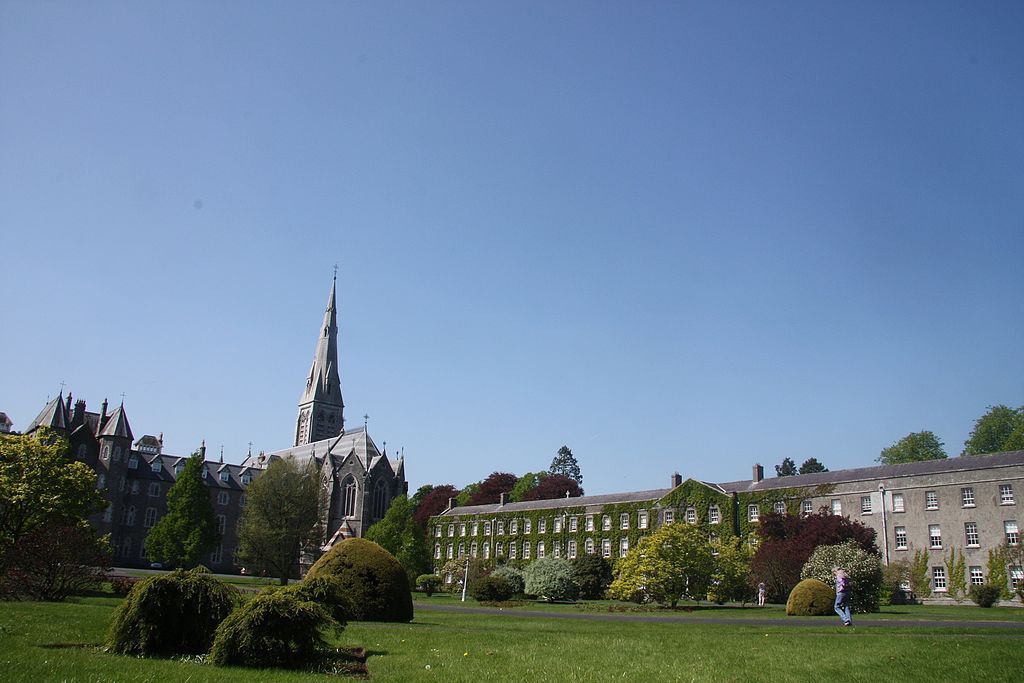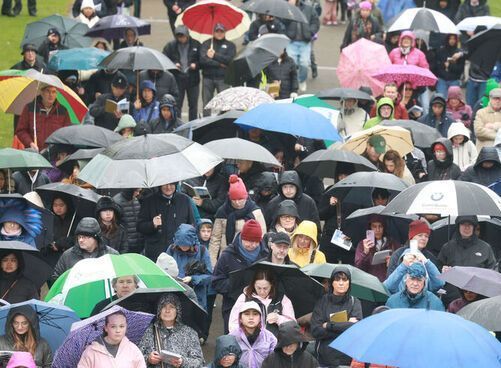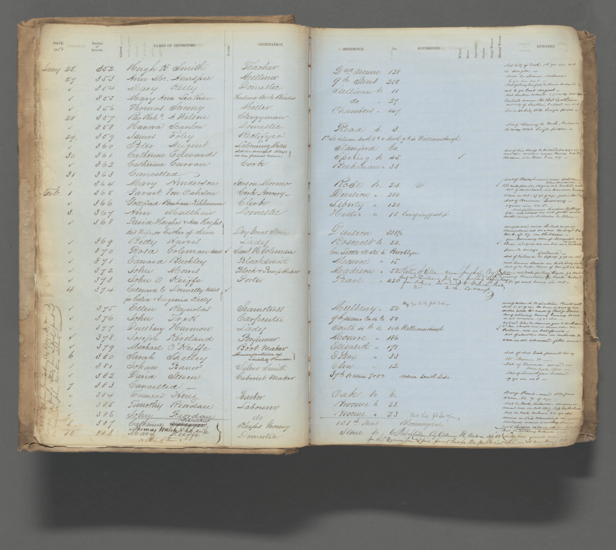Most historians agree that two Revolutions at the end of the 18th century ushered in the modern era.
The Americans sent the British home and put the first nail in the colonial coffin. The powerful empire operating from London did not go easily because the leaders there realized that other colonies would surely seek to emulate George Washington and his revolutionaries.
In addition, the American Declaration of Independence proclaimed that all men are created equal, a hugely radical statement for those times that, even though, disgracefully, excluding black people, it remained a revolutionary concept, contrary to all the conventional wisdom of that age. It was a cry for freedom that stirred thoughts of new possibilities among subject peoples all over the world.
The other revolution in France, which took place fourteen years later in 1789, was greatly influenced by the events in America. It was another bloody affair culminating with the beheading of Louis XVI and his queen, Marie Antoinette. The clergy and nobles, who had lorded it over the rest of the population for centuries, were replaced by an allegedly republican form of government that, rather ironically, gave way to a military autocracy under Napoleon at the beginning of the new century.
Whatever one thinks of its undoubted extremist tendencies, the French Revolution triggered the decline of monarchies and other hierarchical ruling systems throughout Europe. The days of feudalism and kings using the spurious argument that they had some kind of Divine Right to rule ended with the two revolutions.
The 19th century saw a growth in movements towards democracy and also the stirrings of nationalism defined as allegiance to a nation state. It also included the start of the Enlightenment, initially a minority philosophical and cultural movement in Europe, affirming science over superstition and critical learning over accepted religious dogmas.
Before the end of the century, Charles Darwin’s Theory of Evolution was widely accepted. He set forth in The Origin of Species in 1859 that all life is descended from a common ancestor. In addition, he argued that over many thousands of years humans developed through various animal stages with only the fittest surviving.
The Book of Genesis, source of Judaeo-Christian beliefs about creation, was viewed by Enlightenment thinkers as a tribal story book of ancient wisdom, a mythical tale explaining how it all began in terms of the relationship between the Israelites and their god, Yahweh.
Sigmund Freud, born in the middle of the century, was the founder of psychoanalysis, a new and radical clinical mode of therapy stressing the importance of the central role of dreams and sexual fulfillment in therapeutic dialogue. Freud’s theories have not stood the test of time, but they played a pivotal role in enhancing the examination of various neuroses as impediments to a fulfilling life.
The excesses of the industrial revolution, which encompassed all the 19th century, are probably best known from the writings of Charles Dickens. The movement of masses of people from the country villages and towns to find work in the coal and iron mines as well as in the new mass-producing factories led to terrible working conditions.
The laissez-faire economic system had no problem with employers tasking, for instance, twelve-year-olds to do repetitive work for a pittance wage in factories that placed no value on worker safety or hygiene.
Karl Marx, born in Trier in Germany, saw the evils of this capitalist system where the guiding consideration always centered on the profits accruing to the owners of the enterprise. He was a serious academic who provided in Das Kapital the outline for a new economic order where ownership of the means of production belonged to the workers, represented by the state.
A crude variation of the communist system that he proposed was tried in the Soviet Union and failed. However, Marx’s stress on workers’ rights and on fair employment practices had a major influence on people’s standard of living throughout Europe in the late 19th and even more so in the 20th century.
Ireland was not exempted from, or unmoved, by the revolutionary changes taking place in England and the continent.
Maynooth College was founded as a Catholic seminary and got the reluctant approval of George III who felt that providing a place in his dominion for the education of Popish priests was akin to a form of blasphemy. The leaders in Westminster feared that the continental seminaries, especially in France where most of the young Irish priests were ordained, would turn out supporters of sedition and revolution who would challenge the established order when they came home.
By 1850, Maynooth College was the largest Catholic seminary in the world. The Maynooth clergy supported Daniel O’Connell’s movement for Catholic Emancipation which was achieved in 1829. Their firm support for constitutional nationalism extended to the leadership later in the century of Michael Davitt, Charles Parnell and John Redmond.
The other nationalist tradition which also had a strong following at various times in the 19th century involved a commitment to violent revolution, following the American trajectory, to achieve the goal of a free and prosperous country by using the bomb and the gun to expel the English invader.
Theobald Wolfe Tone promulgated the goal of the United Irishmen in 1798: a free and independent republic embracing Catholic, Protestant and Dissenter. He negotiated a major landing by French troops, but a heavy storm scattered the ships and only a minority came ashore. Tone himself was sentenced to death for treason and he committed suicide shortly before he was scheduled for execution.
Reacting to the widespread support for the United Irishmen, and scared of French approval for Irish nationalist goals, William Pitt forced through a bill in parliament disbanding the Dublin legislature, known as Grattan’s parliament, and passing the Act of Union between Ireland and England in 1801. The next 120 years of Irish history were largely focused on trying to end that forced parliamentary union in one way or another.
The Young Irelanders of 1848, part of a wider revolution across Europe, disagreed with Daniel O’Connell’s quiescent approach of non-confrontation with the authorities. Their rebellion amounted to no more than a skirmish in Ballingarry County Tipperary which hardly qualified as a serious battle, but it did keep the flame of revolution alive.
The Irish famine, at its height also in the 1840s, was a devastating blow to people all over the country but especially along the western seaboard from Donegal to Kerry. This shameful story of over a million people dying of starvation while food was being shipped from Irish ports for sale and consumption on the British mainland shocked people everywhere.
The English rulers justified their disreputable behavior by pointing to the prevailing laissez-faire economic system which mandated that the government should not interfere to alleviate natural tragedies. This spurious economic theory gave the ruling class the rationalization they needed to refuse relief while people died of hunger all over the country.
Two of the leaders of the Young Ireland movement, James Stephens in Ireland and John O’Mahony in America, greatly influenced by the Famine stories of government betrayal, started the Fenians in the 1860s, which in Ireland was named the Irish Republican Brotherhood. They shared Tone’s philosophy and they bound their members by way of a secret oath to strive for a free Ireland.
The Fenians believed that the two revolutions clearly showed that this goal could only be achieved by armed rebellion. Their commitment to the use of physical force and requiring members to take a secret oath alienated them from the Catholic Church.
The last thirty years of the century was concerned especially with land reform. The hated landlord system was confronted successfully by the Irish Parliamentary Party(IPP), supported by mass gatherings organized throughout Ireland. A series of Land Acts culminating in the Wyndham Act of 1903 returned land ownership to the peasants living and working on the farms.
These were the years that Parnell ruled in Ireland. He didn’t shy away from the sobriquet uncrowned king of Ireland given to him during a visit to Canada. Unfortunately, his popularity waned because of an adulterous affair with Kitty O'Shea, the wife of another MP. This split the IPP and indeed the Irish people and he died a young man at 45.
Parnell’s goal of securing Home Rule for Ireland was achieved under the leadership of his successor, John Redmond, by the passage of the Home Rule Bill of 1912. The protocol in Westminster required a two-year hiatus before implementation to nullify the opposition of the House of Lords which always had a conservative Tory majority and was sure to vote against any progressive legislation for Ireland.
It was an imperfect bill but it did involve the new parliament legislating for the whole island. The Act of Union of 1801 would finally be buried and the country would have its own parliament again.
Close to 150,000 people crowded into O’Connell Street and all surrounding areas in Dublin when John Redmond came home from London on Sunday March 31st 1912 to celebrate the historic achievement. Nothing like this massive gathering was seen again until Pope John Paul II came to the Phoenix Park in September, 1979.
Patrick Pearse spoke on one of the four side platforms that night and welcomed Home Rule as a historic achievement, but he added an ominous warning: “Let the Gall (foreigner) understand that if we are cheated again there will be red war in Ireland.”
Gerry O'Shea blogs at wemustbetalking.com









